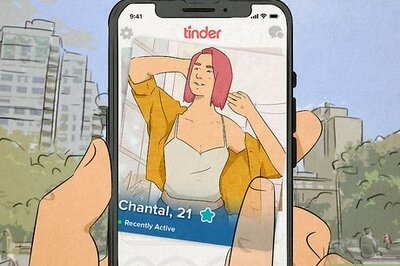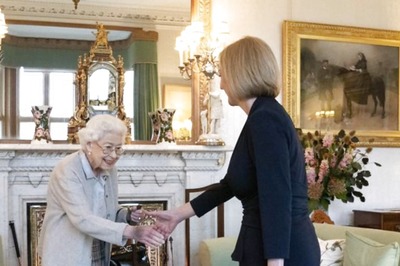
views
HYDERABAD: 20,000 Kg! That’s just how much of non-recyclable plastic waste is generated by billboard flexes in the city in a single day. It would be hard to believe but not when you consider the math behind it. With the city home to 2,100 plus billboards of an average size of 40x30 sq ft, each of the flexes used to cover these boards is of 320 GSM type.
According to information provided by the AP Pollution Control Board, such flexes weigh close to 300 gms per sq ft. Considering that the flexes are changed atleast once a month depending on periodicity of ad change, it can be safely calculated that a minimum of 750 tonnes per month, or 26 tonnes per day of flex plastic is dumped in Hyderabad.
But not all of it remains at the dumpyard. “Around 70% of the wasted flex is burnt, while the remaining is given away to ragpickers and poor people as shelter for their huts,” said an official with the GHMC. That leaves around 18 tonnes of flex to burn away in the city’s only dumpyard at Jawahar Nagar daily.
“If you consider the small banners, roadside ads and other political and commercial purpose flexes which adorn the city, the figure only gets bigger. But since they are used randomly in an unorganised maner for political and commercial purposes, their quantity cannot be gauged accurately,” said Mahendra, an environment enthusiast and member of Climate Leaders India Network.
The billboard flexes are made from PVC and emit highly poisonous gases, includng carcinogens and dioxins when burned. “Being non-recyclable, high temperature incineration is not feasible to destroy these plastics,” said Prasanna Kumar of the PCB. He explained that since garbage dumpyards generate a lot of methane gas, the high temperatures produced by this gas usually assist in the burning of plastic flexes and production of toxic fumes.
So what about alternatives? "Cloth and paper are useful alternatives. So is paint. But neither provides the combined advantage of being economical, durable and glossy, which plastics provide", admitted Mahendra. Even Prasanna Kumar expressed concern saying, "Cloth flex might be useful for small banners in which the present system of printing such as stencil type can be effective. But as the size of the flex is larger, its might not be of the best quality. Also the cloth flex might cost as much as double the rates of a vinyl flux. The PCB though, has now made it a point to only use cloth banners for any activities."
Even as the debate continues on cost versus eco-friendly, environment activists across the city feel that the GHMC will have to take a decision soon between continued use of harmful products and slightly expensive eco-friendly solutions, if they wish to reduce the city's increasing air pollution levels.
Currently Hyderabad generates around 37,000 tonnes of solid waste daily, which is disposed off at the Jawaharnagar dumpyard.



















Comments
0 comment